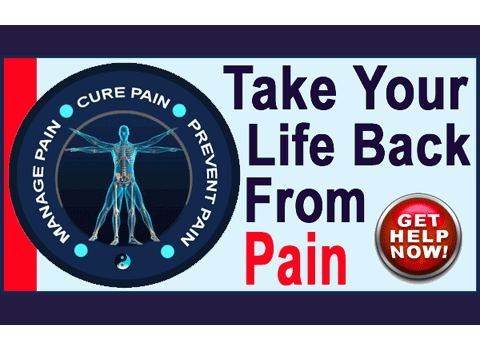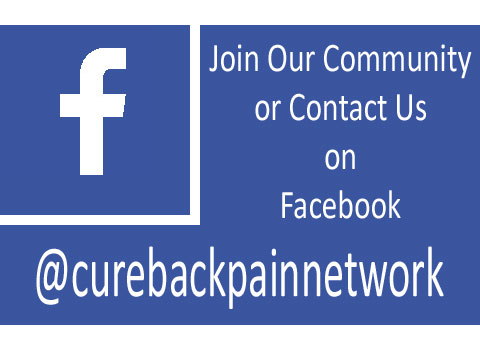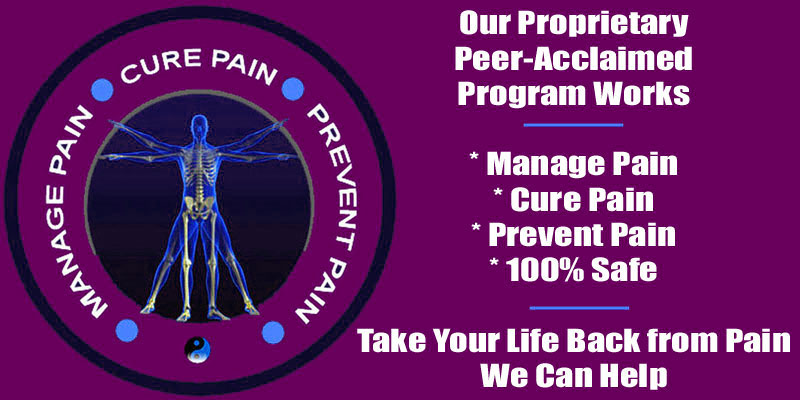
Tension myositis syndrome and scoliosis can be related in many patients who demonstrate the physical consequences of spinal curvature, but also experience symptoms of mindbody origin. Dr. John E. Sarno spoke openly about his belief that most back pain that is blamed on scoliosis actually qualifies as TMS and is certainly not of structural enactment. Although Sarno’s theories remain debated in some circles, when it comes to scoliosis, he has lots of support by both care provider clinical experience, as well as decades of research that shows the condition to mostly an asymptomatic occurrence.
Tension myositis is certainly a health epidemic, but Dr. Sarno has done just as much harm in naming and diagnosing a “specific condition” (TMS), rather than simply explaining the universality of mindbody health issues and their many (and further reaching than Sarno ever actually touches on) possible expressions. Where Sarno gets into to trouble with scoliosis patients is his generalization about the condition, since it is clear that some types, varieties and specific cases can become catastrophic health issues, while the majority of cases certainly does reflect his view as being innocuous and innocent of all blame when back or neck pain coincidentally exists.
This discussion focuses on applying or disproving the association between scoliosis-related pain and tension myoneural syndrome. We will examine how many cases of painful scoliosis might be TMS and well as provide examples of true structurally-motivated symptoms that can occur in association with atypical side to side backbone curvatures.
Tension Myositis Syndrome Scoliosis Relationship
Scoliosis can act as a back pain scapegoat, as is the case with many other TMS expressions that are mistakenly blamed on incidental structural abnormalities. Most cases of chronic dorsalgia are linked to anatomical changes in the spine, even though there might be no evidence of pathology demonstrated by those changes. In essence, just because a structure was injured previously, has aged or demonstrates atypical appearance does not inherently mean that it is painful. There are literally hundreds of possible causes of back pain, but blaming symptoms on easy to recognize structural alteration seems to be the easiest and certainly the very best way of transitioning patients out of the time consuming diagnostic phase and into the highly profitable therapy phase.
In this regard, scoliosis acts just as any other structural scapegoat, such as degenerated discs, herniated discs, arthritis, listhesis, lordotic and kyphotic abnormalities and others. These conditions are easy to visually image, so there is always “proof” that some “problem” exists, even though most of these issues are about as harmful as gray hair or wrinkles in the skin. To put it simply, most are innocent and asymptomatic. However, assigning blame to them, empowers the mind to grow the extent of the pain syndromes exponentially, since now the consciousness is convinced that there is a real reason for the pain to exist and therefore symptoms often escalate. Meanwhile, the entire time, the symptoms are a creation of the mindbody interactions. They are not imaginary in any way. They truly exist in the body, but are caused by the mind, to serve as a defense mechanism, usually through a process known as ischemia.
TMS Scoliosis Causation
TMS is a mindbody disorder according to Dr Sarno, but in reality, it is more a normal state for humans. Implying it is a disorder is a mistake, since mindbody symptoms are universally seen in human and account for the vast majority of “stress-related” headaches, gastrointestinal discomfort, skin problems and chronic pain issues.
TMS is generally caused by a purposeful reduction in blood flow, and therefore reduced oxygenation, to targeted tissues. Since every cell in the human body requires oxygen in order to live, it is easy to see how this virtually invisible process can work “behind the scenes” to create terrible symptomology. We all know that reduced oxygenation can result from circulatory issues, muscular exhaustion or injury and we also know that the results are very painful and debilitating. However, in the cases of TMS, the blood flow is selectively reduced in order to defend the true self (the subconscious and unconscious minds, as per Fraud) from psychoemotional sensitivities that are repressed or suppressed. However, since it is the very nature of these sensitivities to seek consciousness, and therefore be openly exposed to the mind’s eye, some form of defense is needed to keep them safely beneath the conscious level of acceptance. Pain is the very best defense, as it keeps the mind completely focused on the anatomy and will not allow contemplation of anything except the immediate bodily suffering.
Therefore, pain becomes the defense mechanism of choice, which makes perfect sense from a modern psychological point of view. The TMS theory also neatly explains the epidemic of chronic pain our society now endures, as humans continue to grow in psychoemotional capacity, but find it necessary to repress more and more stress in order to functional effectively in society.
Please excuse the rather simplified and short-form version of this basic explanation of tension myositis syndrome. This essay is intended for a layman audience that is already familiar with TMS and its basic premises. If you are interested in learning more, at deeper levels, we have written literally hundreds of articles on the subject and these can be found by utilizing the site search feature or simply reading through the links on the original tension myositis resource section on the Cure-Back-Pain.Org flagship site.
Tension Myositis Syndrome Scoliosis Exceptions
Dr. Sarno tends to get in trouble with both doctors and patients alike due to his sweeping generalization that virtually all cases of chronic pain qualify as TMS. We truly do understand his point and accept that in the majority of cases, Sarno is usually right. This is an easy concession, once one is truly familiar with his work and the facts of most chronic pain conditions. However, Sarno is not always right and in some cases, he is downright backward in his view of some structural abnormalities. Scoliosis is certainly no exception to this rule.
There are crippling and even fatal cases of scoliosis. Of course, anyone will recognize the pathology of these conditions, including and especially Sarno. However, he really does not mention these pathological exceptions in any of his literary works, just as he fails to give acknowledgment to pathological herniated discs, arthritis or other structural issues. He does slightly acknowledge that some cases of spondylolisthesis might be pathological, but falls short of condemning the condition, despite the truth that some cases can also prove fatal or at least involve spinal cord injury, spinal instability and paralysis.
Dr. Sarno wants to make his point that MOST back pain is non-structurally motivated. However, he leans too far to one side and alienates people who do actually have structurally-based issues in their spine. This causes people who would benefit from Sarno’s teachings to discount or even discredit them, which is a huge shame, given the immense value in his teachings.
When it comes to the vast majority of scoliosis, mainly the idiopathic variety that falls between 10 and 40 degrees of curvature, virtually all cases involving pain will likely fit nicely into Sarno’s TMS theory. Virtually all mild to moderate scoliosis of these types is not painful and has never been linked to inherent pathology of any sort. This is not to say that individual cases can not break this general rule, for they can. But, for scoliosis patients who fall into this group and have incidental back or neck pain, learning more about Dr. John E. Sarno and his work on TMS should be one of several deeds of proactivity that they immediately undertake to improve their life and functionality.
Scoliosis > Psychosomatic Scoliosis Pain > Tension Myositis Syndrome Scoliosis






